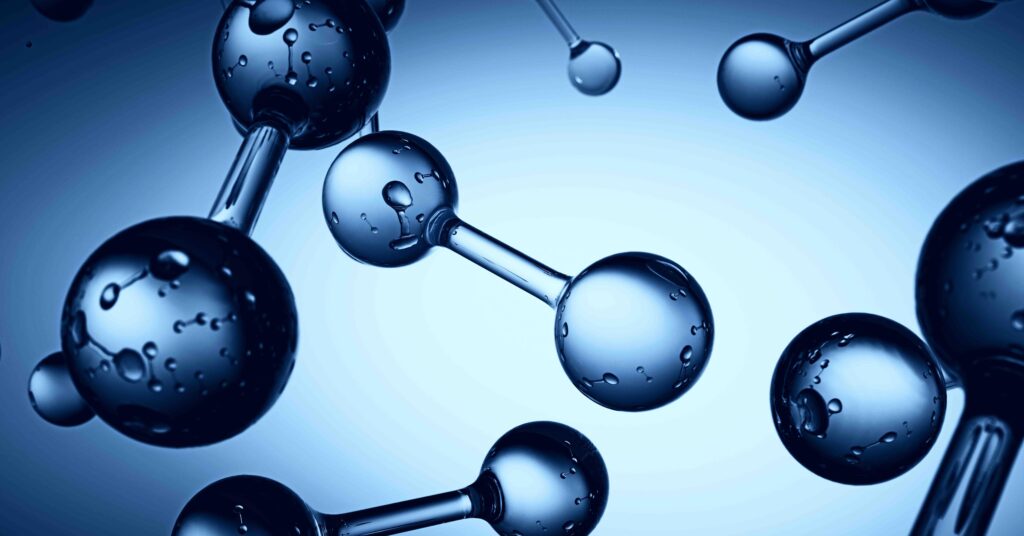Are you curious to know what is electrovalent compound? You have come to the right place as I am going to tell you everything about electrovalent compound in a very simple explanation. Without further discussion let’s begin to know what is electrovalent compound?
In the vast realm of chemistry, compounds come in various forms and are held together by different types of chemical bonds. One of the fundamental classes of compounds is electrovalent compounds, also known as ionic compounds. These compounds play a significant role in both the natural world and industrial applications. In this blog, we will explore what electrovalent compounds are, how they form, their properties, and their importance in chemistry.
What Is Electrovalent Compound?
Electrovalent compounds, often referred to as ionic compounds, are a type of chemical compound formed through the transfer of electrons between atoms. These compounds are typically composed of positively charged ions (cations) and negatively charged ions (anions) that are held together by strong electrostatic forces due to their opposite charges.
Key Characteristics Of Electrovalent Compounds:
- Electron Transfer: The formation of electrovalent compounds involves the transfer of one or more electrons from one atom to another. This transfer results in the creation of cations (positively charged ions) and anions (negatively charged ions).
- Ionic Bonding: The electrostatic attraction between oppositely charged ions is known as ionic bonding. This force of attraction is responsible for holding the ions together in a stable structure.
- High Melting and Boiling Points: Ionic compounds have high melting and boiling points due to the strong electrostatic forces between ions. A significant amount of energy is required to break these bonds.
- Solubility in Water: Many electrovalent compounds are soluble in water because water molecules can surround and separate the ions, facilitating their dissolution.
- Conductivity: In their molten or dissolved state, ionic compounds can conduct electricity because the mobile ions can move and carry electric charge.
Formation Of Electrovalent Compounds
The formation of electrovalent compounds follows a straightforward process:
- Ion Formation: Atoms of different elements come into contact, and one or more electrons are transferred from the outermost energy level (valence shell) of one atom to the valence shell of the other atom.
- Cation and Anion Formation: The atom that loses electrons becomes positively charged and forms a cation, while the atom that gains electrons becomes negatively charged and forms an anion.
- Ionic Bonding: The oppositely charged cations and anions are attracted to each other by electrostatic forces, creating a stable ionic compound.
Properties Of Electrovalent Compounds
- Crystalline Structure: Ionic compounds typically have a well-defined, repeating crystalline structure in their solid form.
- Hardness: Many ionic compounds are hard and brittle due to the regular arrangement of ions in the crystal lattice.
- Solubility: Ionic compounds are often soluble in polar solvents like water but insoluble in nonpolar solvents.
- Electrical Conductivity: In their molten or dissolved state, ionic compounds can conduct electricity because the ions are free to move and carry electric charge.
- High Melting and Boiling Points: The strong electrostatic forces between ions result in high melting and boiling points.
Importance Of Electrovalent Compounds
Electrovalent compounds have significant importance in various fields:
- Chemical Reactions: They participate in a wide range of chemical reactions, including precipitation reactions, acid-base reactions, and redox reactions.
- Industrial Processes: Many electrovalent compounds are used in industrial processes, such as the production of metals, ceramics, and glass.
- Biological Systems: Electrovalent compounds like salts (e.g., sodium chloride) are essential for biological processes and maintaining electrolyte balance in living organisms.
- Materials Science: Ionic compounds contribute to the development of advanced materials, including superconductors and solid electrolytes used in batteries.
Conclusion
Electrovalent compounds, or ionic compounds, are a fundamental class of chemical compounds formed through the transfer of electrons between atoms. Their unique properties, including high melting points, electrical conductivity in molten or dissolved states, and solubility in water, make them essential in various scientific, industrial, and biological applications. Understanding the principles of ionic bonding and the behavior of electrovalent compounds is crucial for a comprehensive grasp of chemistry and its role in our everyday lives.
FAQ
What Is Electrovalent Compound With Examples?
Some example of electrovalent compounds are sodium chloride (table salt), NaCl; lithium carbonate, Li2 CO3; and ammonium phosphate, (NH4)3 PO4.
What Is Electrovalent Compound For Class 9?
The chemical compounds formed as a result of the transfer of electrons from the outermost shell of metal to the outermost shell of a non-metal are called electrovalent compounds.
What Is Electrovalent In Class 10?
Electrovalent bonds are produced when electrons are transferred from atoms of one element to atoms of another element, producing positive and negative ions. The bond which is formed by the transfer of electrons between the atoms is called electrovalent bond or ionic bond.
What Is Electrovalent And Covalent Compound?
An electrovalent bond is a chemical bond between two atoms that formed due to a transfer of electron(s) from one atom to the other. A covalent bond is a type of chemical bond which occurs due to sharing of electron pairs between atoms.
I Have Covered All The Following Queries And Topics In The Above Article
What Is Electrovalent Compound
What Is Electrovalent Compound
What is an electrovalent compound?
